Cycling in winter and in bad weather – What to look out for?
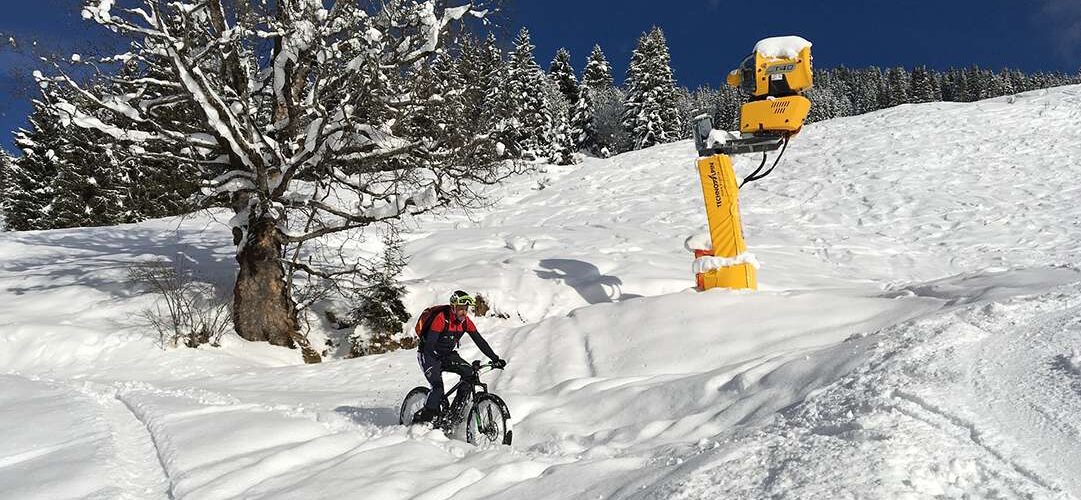
Winter is here, it’s raining and storming. So why still cycle? Many people are drawn to the warmth of the car or public transport. But that doesn’t have to be the case. It all depends on having the right equipment. Then it’s fun to cycle even in the worst weather. And who wants to scrape their car free every morning – get on your bike!
The right clothing
The good old onion principle. A moisture-wicking layer, e.g. a functional vest directly on the skin, then one or two warm insulating layers (fleece, down or merino wool) and last but not least a windproof and rainproof layer. When buying, be sure to look for breathable material.
Winter cycling trousers that can withstand wet weather are just as important as warm windproof gloves and winter cycling boots. Often a waterproof overshoe made of neoprene is sufficient. Lined cycling shoes are a good choice for long tours.
Puncture-proof tyres and spikes
If you already have tyres with a good grip or all-weather tyres, you don’t usually need studs. On icy roads, however, studs work wonders. Lower tyre pressure can also improve grip. Tube-read tyres also offer effective puncture protection.
See and be seen
A clear and unobstructed view is just as important as being seen by other road users. Cycling glasses are not only helpful when it snows, but also protect you from dirt, falling leaves and the cold wind.
Reflectors are very important in the dark season. These are available in many different designs. Additional reflector bands on clothing and helmets can save lives.
Of course, a good lighting set should not be missing. A bright front and rear reflector gives you safety in road traffic.
The right bicycle saddle
We recommend a coated cover for the saddle in winter. This protects the saddle, prevents damage and cracks and protects the rear end from wetness and cold. A cover made of synthetic or lambskin is wonderfully warming. If you have a gel saddle, the gel can become very hard at low temperatures. It is better to replace it with another saddle.
Warm yourself from the inside
Normal cycling bottles are immediately cold or frozen. For winter, there are thermal or insulated bottles. These keep warm drinks warm and protect cold drinks from freezing.
Cycling in winter keeps you fit
The respiratory tract and mucous membranes need a change of temperature. This makes the body more resistant and pathogens and germs are transported away via the mucous membranes. Good circulation and physical exertion also stimulate the immune system and prevent colds
The right care before and after a ride
Wear parts such as the chain and brakes are under greater strain in winter. Therefore, chains should be lubricated and dried regularly. Especially if the roads are treated with salt, the chain will rust more quickly. Also check the function of the brakes before every ride, as they can quickly ice up in low temperatures.
How do I get my e-bike through the winter?
You know it from your mobile phone: your battery drains more quickly in winter. The same applies to your pedelec battery. With a few simple tricks you can reduce this problem.
Not only you, but also your battery freezes in winter. The pedelec is also a good alternative to the car or public transport in winter. However, in the cold, the battery becomes a weak point and the range can be reduced by up to 25%. This means that your battery requires extra attention in these freezing temperatures. But what to look out for?
4 tips: What you as an e-biker should absolutely pay attention to in winter
1.The purchase:
The purchase itself plays a big role in the quality of your e-bike battery. Particularly with inexpensive bikes, such as those often found in discounters or DIY stores, you have to compromise on the quality of the battery. In addition to electrolyte solutions that are more sensitive to cold, they usually also have poorer insulation.
2.Drive outdoors, charge indoors:
It is best to store and charge the battery at room temperature (between 10 and 20 degrees Celsius), as this can increase the range and service life. In winter temperatures below 0 °C, the battery should be removed and only reinserted in the bike before riding. As a general rule, lithium-ion cells should never be charged below zero degrees.
3.The cover:
The battery can be perfectly protected from the cold by a special cover. With the help of a warming cover made of neoprene, for example, a longer range can be achieved. An Intube battery is much better protected from the cold, as they are embedded inside the frame.
4. The riding style:
This affects the operating temperature of a power storage unit. At maximum e-support, the battery is warmed up more. This means that it cools down less and retains its performance. But with maximum support, you can expect the range to decrease.

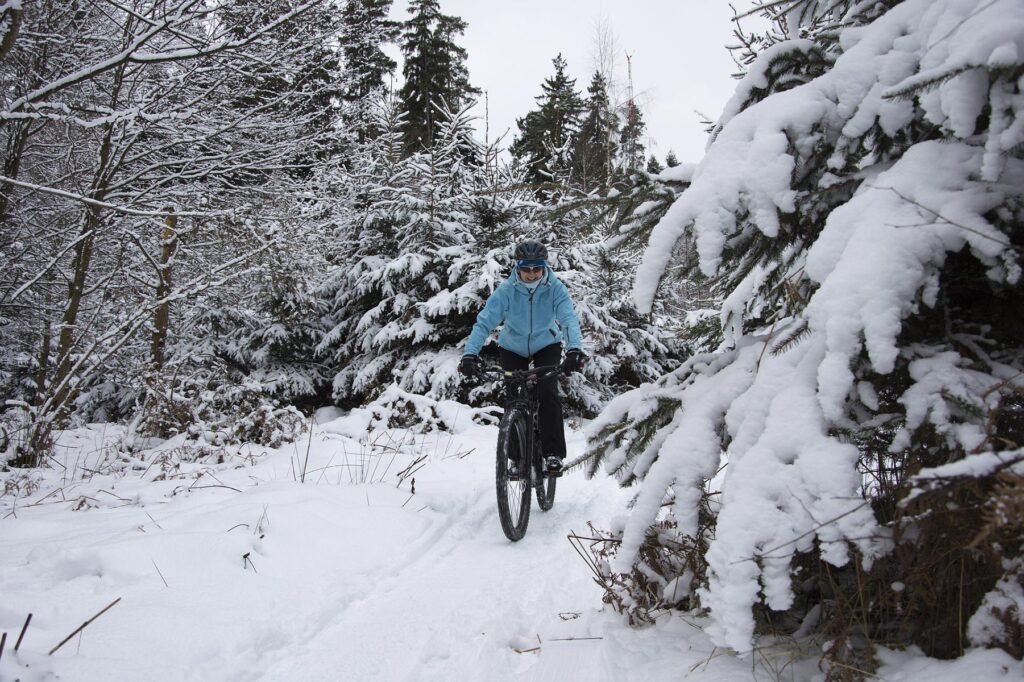

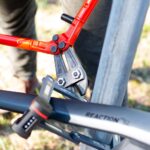
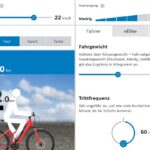
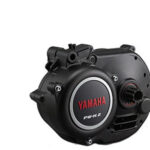
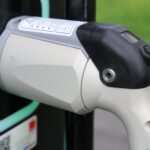
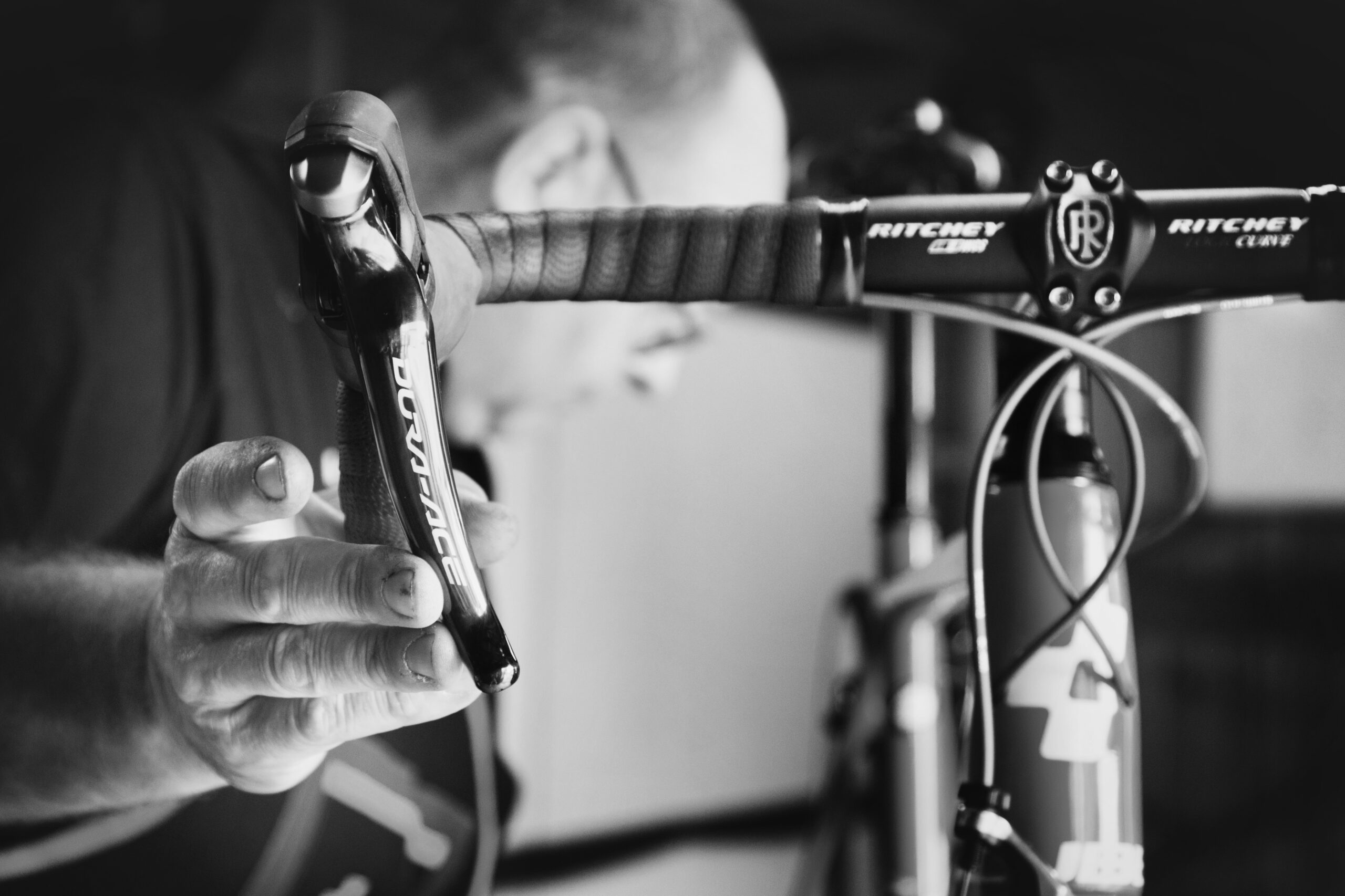


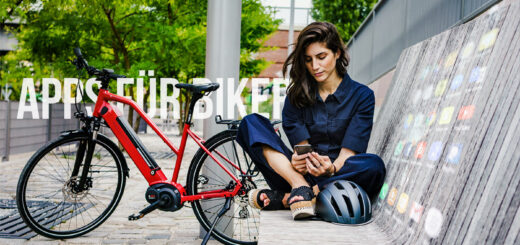
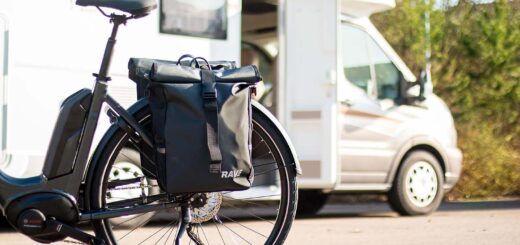
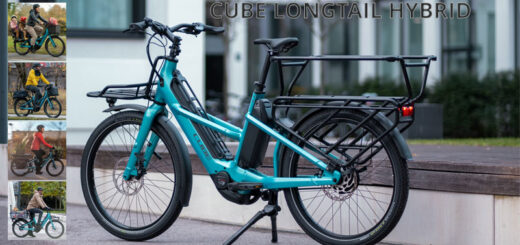








Recent Comments